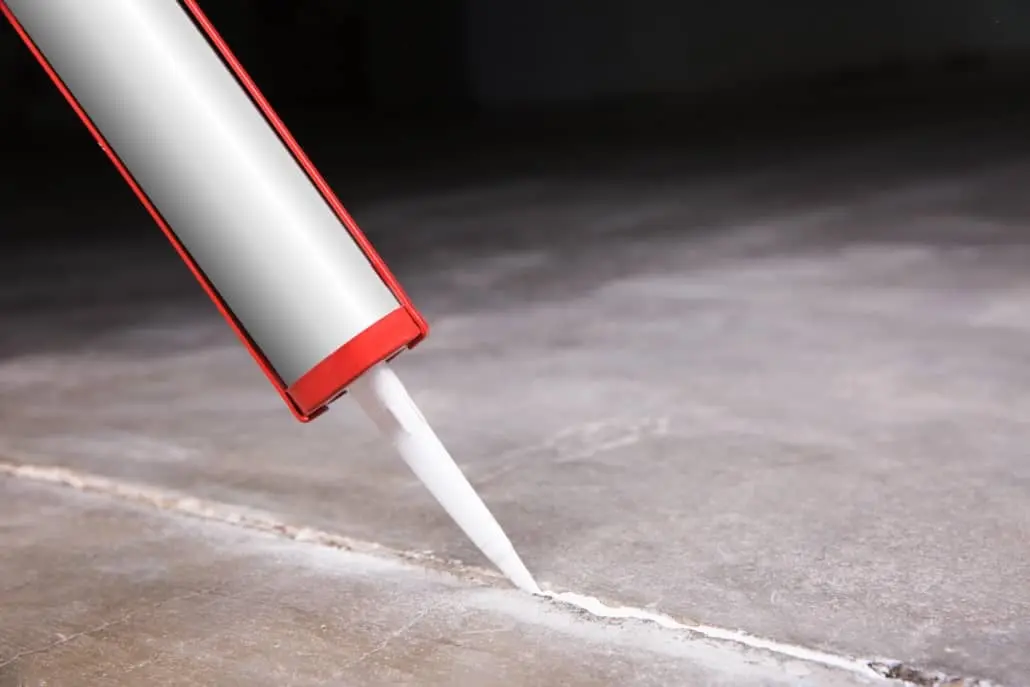The core objective of industrial sealants is to effectively seal voids, fissures, joints, and other crevices that could potentially facilitate the ingress of liquids, gases, or undesirable substances. Moreover, instances of degradation and wear may prompt the emergence of cracks, necessitating sealing interventions to bolster structural integrity. It is during such scenarios that industrial sealant solutions demonstrate their efficacy.
Industrial sealant selection based on curing processes
Industrial sealants are ubiquitous across various industries ranging from automotive, bus assembly, refrigeration units to infrastructure construction and electronics. There are several types of industrial sealants, and choosing the appropriate one can be guided by the curing process.
- Moisture Cure: Industrial sealants that cure at room temperature through evaporation of water or solvents. The sealant achieves its final effectiveness when the moisture has evaporated. Moisture-cured sealants are applied for ambient temperature curing joints by using moisture in the air or materials to cure. The curing time varies from 30 minutes to 4 hours depending on the product, sealant thickness, and ambient humidity.
- Heat Cure: Curing through heat does not achieve the final strength and flexibility before it can harden at the designated high temperature for each product. Heat-cured sealants exist as heat-resistant solid matter that does not soften at high temperatures and may have a reversible change in shape when reheated.
- UV/Radiation Cure: Some sealants cure upon exposure to UV rays or electron beams instead of heat. Sealants curing in this manner have a shorter curing time compared to heat-cured sealants and require less energy consumption.
- Anaerobic Cure: Sealants curing anaerobically occur in oxygen-free conditions. This type of sealant is common for joining metal parts to expose them to metal ions.
5 main types of industrial sealants
Currently, there are over 40 different types of industrial adhesives. However, the list of commonly used sealants is not overly extensive. Below are the 5 most popular types of industrial sealants considering their properties and applications across industries. Contact Hitta for specific and detailed advice.
Polymer-based Sealants
Polymer-based sealants comprise a group of products including polyester, polyamide, polysulfide, vinyl, and polyurethane sealants. Polymer-based sealants commonly cure at ambient temperature but can also be processed by other curing methods such as heat and anaerobic.
Properties: Polymer sealants form permanently flexible joints, making them ideal for moving joints.
Industrial Applications: Polymer sealants are most common in locations requiring flexible joints. Expansion joints and tiles also use polymer sealants. Additionally, polymer-based sealants can be used for glass and façade building applications.
Phenolic-based Sealant
Phenolic-based sealants are typically a combination of phenol and formaldehyde. These sealants not only seal joints but also provide excellent bonding efficiency. Phenolic-based sealants are unique as they exist in powder, liquid, and film forms.
Properties: Phenolic sealant is particularly renowned for its high-temperature resistance and thermal cycling capability. The sealant also exhibits good adhesive properties.
Industrial Applications: Phenolic-based sealants are suitable for sealing (bonding) applications and plywood bonding, construction of buildings, and in equipment-related industries.
Industrial Epoxy Sealant
For exceptionally high durability, epoxy sealants are the standout solution. Epoxy sealants are typically supplied as 2-component systems comprising resin and hardener, similar to epoxy adhesives. The two components are mixed in specific ratios for each product. Epoxy sealants cure at room temperature, although sometimes additional heat may be required for complete curing.
Properties: Epoxy sealants are most renowned for their strength and flexibility. Epoxy sealants are among the few sealants with particularly strong adhesive properties.
Industrial Applications: Due to their strength, epoxy sealants are prevalent in industries including automotive, maritime, and aerospace. They also provide exceptional electrical insulation properties and are ideal for electronic equipment applications.
Industrial Acrylic Sealant
Acrylic sealant derives from acrylic acid through catalytic reaction. This sealant can cure through various methods. When heat-cured, it has the shortest curing time.
Properties: Acrylic sealant exhibits bonding properties. Additionally, acrylic sealant is paintable, odorless, and flexible. Acrylic sealant is also suitable for outdoor applications due to its weather resistance. Note that acrylic is susceptible to chemical damage and should not be applied in areas prone to chemical exposure.
Industrial Applications: The most common applications of acrylic sealant include sealing entry doors and window frames.
Industrial Silicone Sealant
Silicone-based sealant is the most common industrial sealant due to its versatile, robust, and cost-effective nature. Lifespan ranges from 10 – 20 years. Silicone sealant exists in two types: neutral cure & acetoxy.
Properties: Silicone sealant is strong and provides excellent sealing. Silicone sealant can be modified (or formulated) to possess special properties such as heat and chemical resistance.
Industrial Applications: The industrial usage scope of silicone sealant is vast, including structural gap filling and electrical socket sealing.
Materials Compatible with Industrial Sealants
When selecting industrial sealants, one of the most important considerations is the compatibility of the product with the substrate. Below is a list of compatible materials/substrates that industrial sealants can be applied to:
- Concrete: One of the most common building materials, concrete can be sealed with polymer sealants.
- Metal: Silicone and polymer sealants typically yield the best results for metal joints. Silicone works particularly well on aluminum, iron, and steel.
- Foam materials: Sealants with high viscosity or gel-like structures work best on foam surfaces. Silicone, polymer, and epoxy are common on foam materials.
- Textiles: Phenolic and silicone-based sealants work best on fabrics.
- Rubber/plastic: Silicone and polymer sealants work best on plastic surfaces depending on the composition of the plastic.
- Ceramic/Porcelain: Epoxy, silicone, and acrylic sealants provide the best results on non-metallic ceramic surfaces.
Contact us
Hitta specializes in providing various specialized adhesives and tapes for both industrial and commercial sectors. Contact us for the most cost-effective and efficient solution advice.
- ☎️ Hotline: 090.8611.011 (Mr. Dương).
- ✉️ Email: hittajsc@hitta.vn
Products:
-
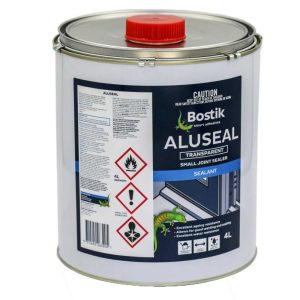 Adhesive for aluminum door corners, aluminum frame windows, aluminum flash doors | Bostik Aluseal
Adhesive for aluminum door corners, aluminum frame windows, aluminum flash doors | Bostik Aluseal -
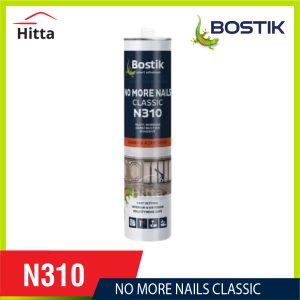 Bostik N310 Multi-Purpose Construction Adhesive
Bostik N310 Multi-Purpose Construction Adhesive -
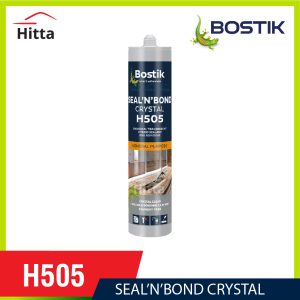 Bostik H505 – transparent sealant & adhesive
Bostik H505 – transparent sealant & adhesive -
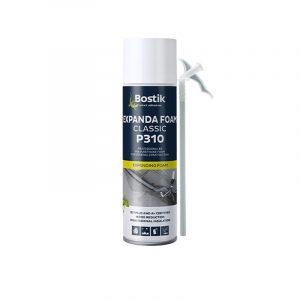 Bostik P310 – expanding foam adhesive for thermal insulation and sound reduction
Bostik P310 – expanding foam adhesive for thermal insulation and sound reduction -
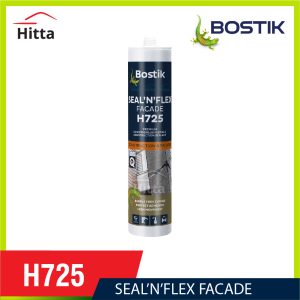 Bostik H725 hybrid adhesive designed for facade cladding and expansion joints
Bostik H725 hybrid adhesive designed for facade cladding and expansion joints -
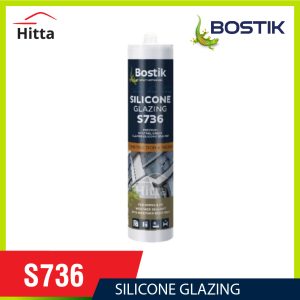 Bostik S736 Premium, Neutral Grade, High Modulus Silicone for Glazing & Facade Applications
Bostik S736 Premium, Neutral Grade, High Modulus Silicone for Glazing & Facade Applications -
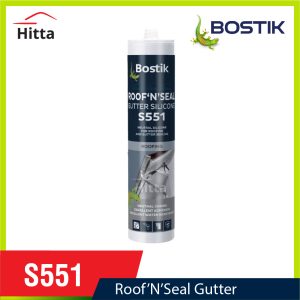 Bostik S551 – neutral silicone for gutters and roofs
Bostik S551 – neutral silicone for gutters and roofs -
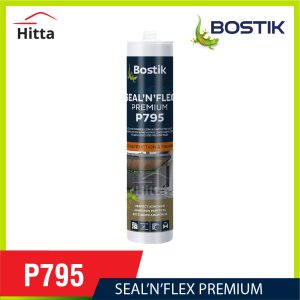 Bostik P795 – sealant for filling large gaps
Bostik P795 – sealant for filling large gaps -
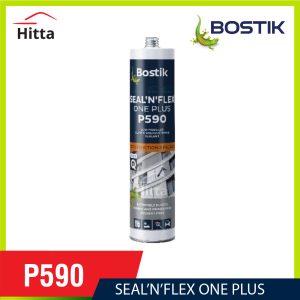 Bostik P590 – sealant for construction & expansion joints
Bostik P590 – sealant for construction & expansion joints -
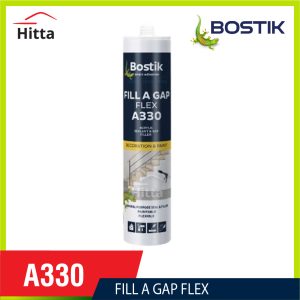 Bostik A330 FILL A GAP FLEX
Bostik A330 FILL A GAP FLEX -
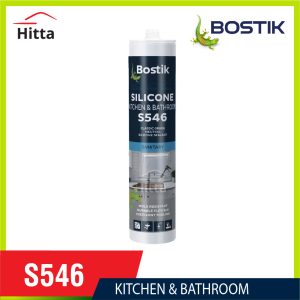 Bostik S546 Silicone – moisture resistance and waterproofing
Bostik S546 Silicone – moisture resistance and waterproofing -
 Bostik H360 hybrid sealant for construction & glass façade
Bostik H360 hybrid sealant for construction & glass façade -
 Bostik H785 – No more screws, Instant Adhesive
Bostik H785 – No more screws, Instant Adhesive -
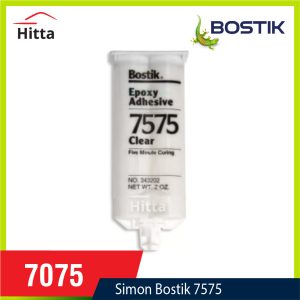 Bostik 7575
Bostik 7575 -
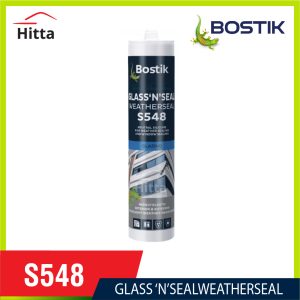 Bostik S548
Bostik S548 -
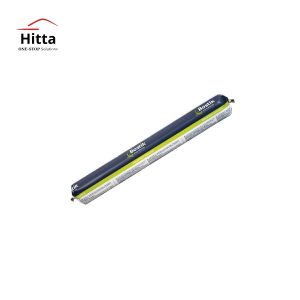 Bostik 7003
Bostik 7003 -
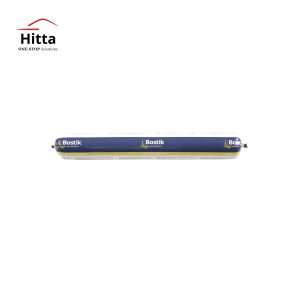 Bostik 7008
Bostik 7008
Related solutions:
- Bostik and everything you need to know
- What are waterproof adhesives and sealants? Which type of adhesive is good?
- Heat-resistant adhesive & high-temperature adhesive
- Adhesive for aluminum doors, aluminum glass windows
- Adhesive for bonding aluminum to aluminum, wood, concrete & other building materials
- Industrial Adhesive for Refrigerated Trucks
- Bostik’s adhesive solutions for buses and coaches
- Adhesive for ship and yacht glass

